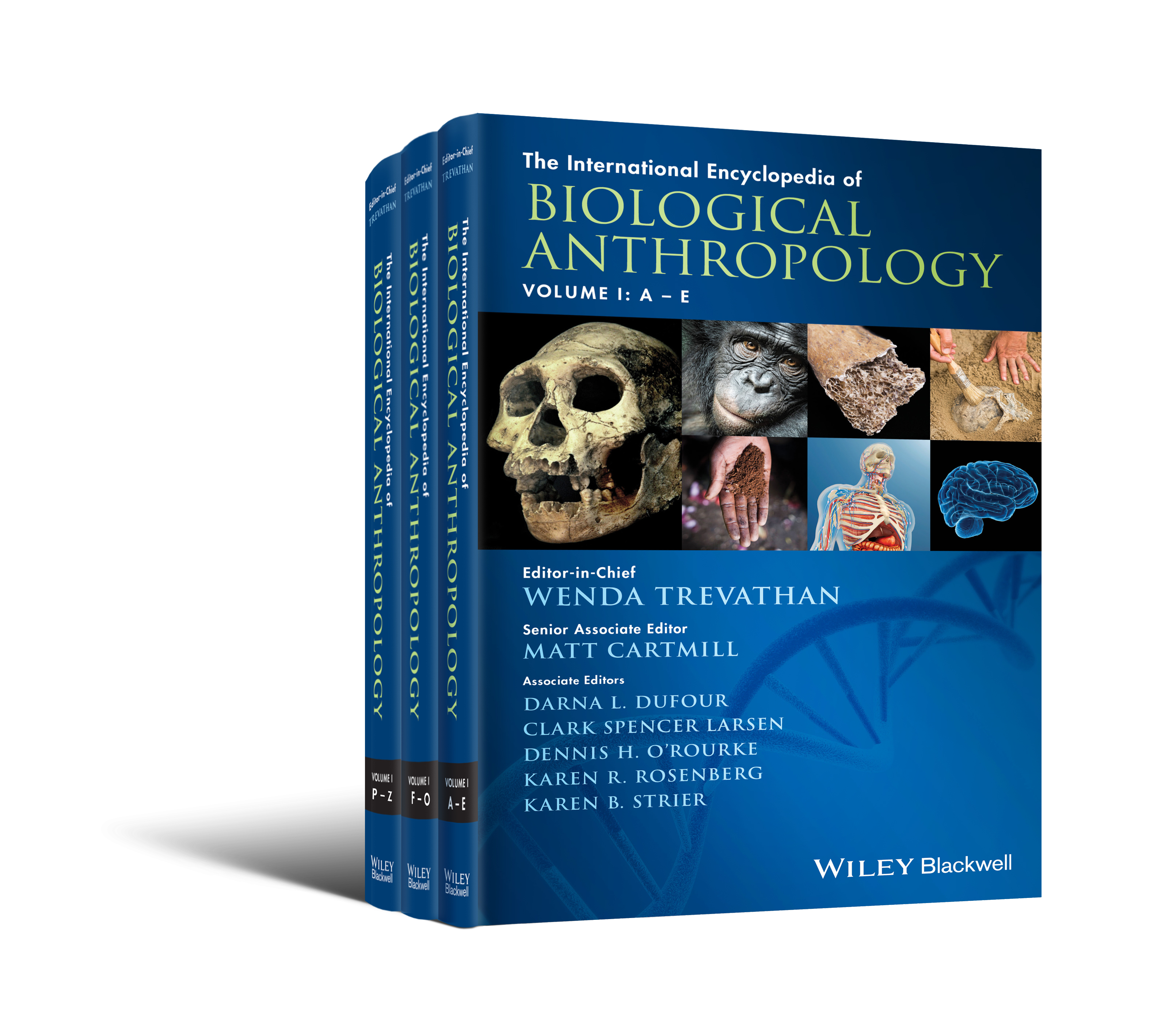Chromosome
Abstract
Chromosomes are condensed, packaged DNA-containing genes and noncoding regions located in the nucleus of cells and some organelles. Chromosome number and ploidy varies widely between organisms, but mammals typically have haploid gametes and diploid somatic cells. Genetically unique gametes are produced each generation via recombination of chromosomes which occurs predominately during meiosis. Changes in chromosome number and structure within species are often linked to disease phenotypes, whereas nondetrimental changes may delineate species boundaries. Despite sharing a large proportion of our genomes, nonhuman primates and human chromosome structure is highly varied between species. A chromosomal rearrangement separates other great apes from humans by one chromosome pair. Sex-linked chromosomes (Y- and mitochondrial) have been especially integral to the study of human and primate evolution and migration. Studies of chromosomes have rapidly expanded as new sequencing technologies have emerged.



